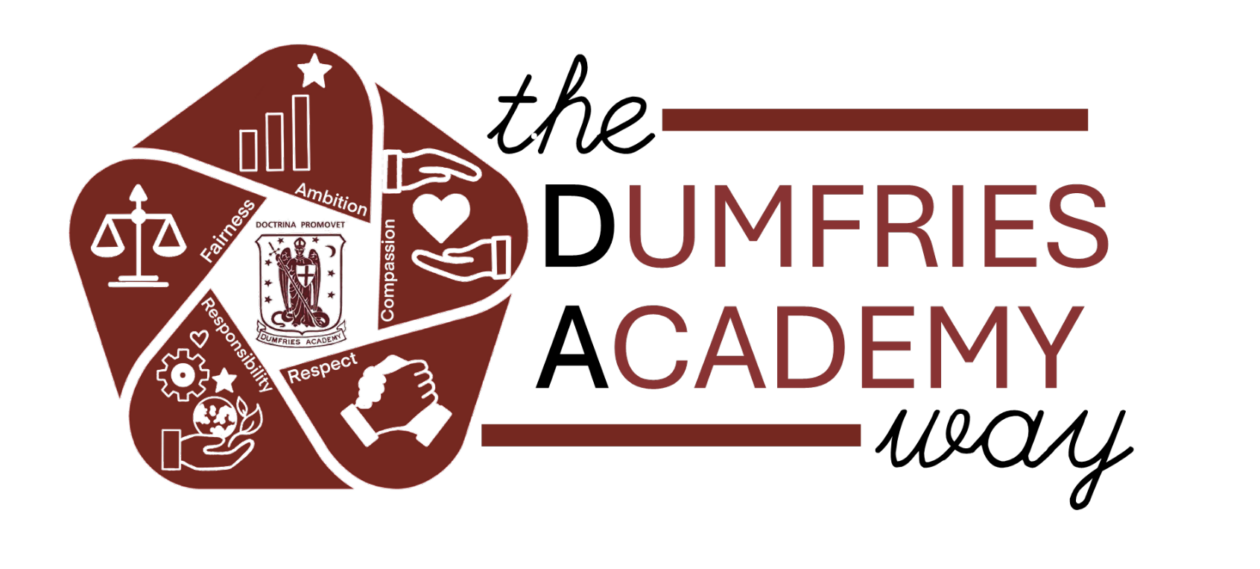Introductory paragraph about why the subject is important.
National 4
Pupils will learn about:
- Living Environment – In this Unit, learners will research issues and communicate information which will develop skills of scientific literacy. The key areas covered are: interdependence; adaptation for survival; the impact of population growth and natural hazards on biodiversity; and the nitrogen cycle and the environmental impact of fertilisers.
- Earth’s Resources – In this Unit, the key areas covered are: the responsible use and conservation of non-renewable and renewable resources; the formation and use of fossil fuels; the derivation and uses of materials derived from crude oil; the risks and benefits of different energy sources, including those produced from plants; the carbon cycle and processes involved in maintaining the balance of gases in the air, and the causes and implications of changes in the balance.
- Sustainability – In this Unit, the key areas covered are: the sustainability of key natural resources and possible implications for human activity; the interaction between humans and the environment and the impact of human activity on an area; the role of agriculture in the production of food and raw material and its environmental impacts and sustainability; society’s energy needs and the impact of developments in transport infrastructure in a selected area; and development of sustainable systems.
Description of how the course is assessed.
Any useful links for parents to support young people.
National 5
Pupils will learn about:
- Living Environment- In this Unit, the key areas covered are: investigating ecosystems and biodiversity; interdependence; human influences on biodiversity
- Earth’s Resources – In this Unit, the key areas covered are: overview of Earth systems and their interactions; geosphere; hydrosphere; biosphere; atmosphere
- Sustainability – In this Unit, the key areas covered are: introduction to sustainability; food; water; energy; waste management
National 5 Environmental Science has 2 components which are assessed. Component 1 is the examination. This is marked by the SQA out of 100 marks (restricted response questions totalling 66 marks, a case study worth 20 marks and 14 marks for extended response questions). Component 1 is worth 80% of the overall grade. The remaining 20% is made up of Component 2 which is the assignment. This is made up of a research stage and a report stage done as a controlled assessment in school. The finalised assignment report will be marked by the SQA out of 20 marks.
Useful links for parents to support young people:
SQA N5 (available via tile on Glow launch pad. The most useful sections are the past papers / marking schemes and the Course Assessment Specification).

